



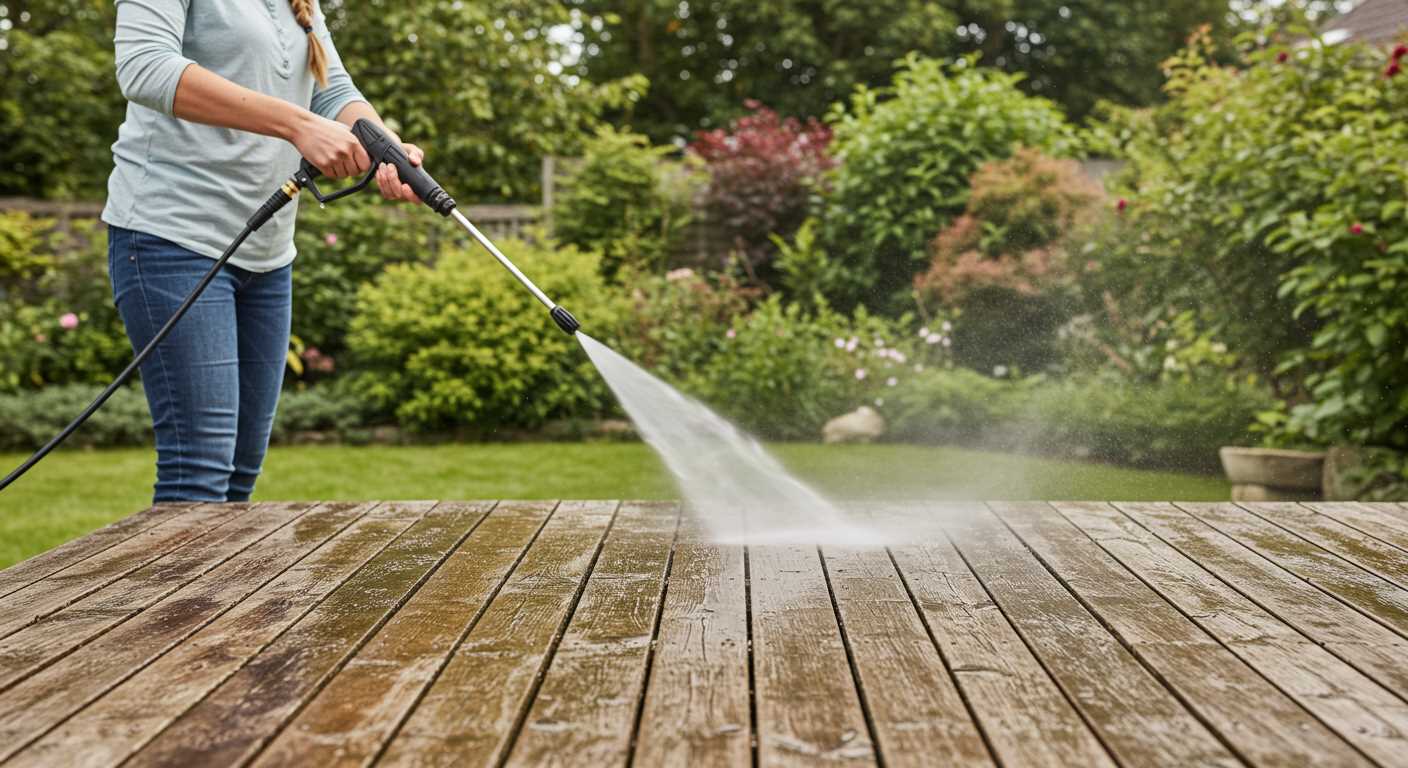
Using an extended length of tubing with your high-pressure cleaner can lead to significant drops in water flow and pressure. From my experience, the ideal scenario involves keeping the distance as short as possible. Each additional metre adds resistance, making it harder for the machine to maintain optimal performance.
During my years in the cleaning equipment sector, I encountered numerous cases where users would connect a lengthy line, expecting the same results. Unfortunately, they often faced disappointing outcomes, with reduced cleaning efficiency and longer working times. I recall a customer who had a 30-metre connection, and despite having a high-quality model, the performance was far from satisfactory.
Another important factor is the diameter of the connecting line. A narrower diameter can exacerbate the issue, further reducing flow rates. I always recommend using a wider bore for any extended usage. This ensures that the water supply remains adequate, allowing the device to operate effectively.
Proper maintenance of connections is equally essential. Regularly checking for kinks or blockages can prevent unnecessary strain on the unit. I’ve seen many machines fail prematurely due to these overlooked details. Ultimately, understanding how distance and diameter influence performance can lead to better results and a longer lifespan for your equipment.
Impact of Extended Water Supply Lines on Cleaning Equipment
Using an extended water supply line can lead to noticeable changes in performance. My experience in the field has shown that longer lengths can introduce several challenges.
- Pressure Drop: The longer the distance, the greater the friction loss. This can result in a significant drop in water pressure, which may hinder cleaning efficiency.
- Flow Rate Reduction: An extended line can restrict the flow rate, making it harder for the machine to draw enough water. This can lead to inadequate cleaning results.
- Increased Risk of Kinks: Longer lines are more prone to kinks and twists, which can further impede water flow and create potential leaks.
In my work, I often encountered situations where users reported diminished performance after switching to a longer supply line. A common solution is to ensure you’re using a larger diameter line, which can help mitigate some of these issues. If you’re set on using an extended line, consider these recommendations:
- Use a diameter of at least ½ inch for optimal performance.
- Keep the line as straight as possible to reduce friction.
- Regularly inspect the line for kinks or damages.
- Connect to a water source that can maintain adequate pressure at longer distances.
In one instance, a customer switched to a 100-foot supply line, expecting better reach. Instead, they found their machine underperforming. After switching back to a shorter line and adjusting their setup, they saw a dramatic improvement in cleaning power. Always remember that the connection between the water source and your equipment is crucial for achieving the best results.
Understanding Water Pressure Dynamics
Maintaining optimal performance with cleaning equipment requires an understanding of how water dynamics work. Water flow rate and pressure are influenced by several factors, including the dimensions of the tubing used to transport water to your device. I recall a project where a client used an excessively lengthy conduit for their equipment, resulting in a noticeable loss of efficiency. The water simply couldn’t maintain the necessary force over that distance.
A crucial aspect to consider is the inner diameter of the conduit. A narrower diameter restricts flow, leading to pressure drops. Be sure to select a conduit that balances length and diameter. My experience has shown that a wider diameter can help mitigate losses, particularly over extended distances.
| Diameter (inches) | Flow Rate (GPM) | Pressure Loss (PSI per 100 ft) |
|---|---|---|
| 0.5 | 2.0 | 10 |
| 0.75 | 3.0 | 5 |
| 1.0 | 4.0 | 2 |
Another factor is the material composition of the tubing. Flexible materials may create more friction than rigid ones, thus affecting flow. On a job I worked on, switching from a standard rubber material to a high-quality PVC reduced turbulence significantly, enhancing the overall performance of the unit.
Angle and elevation also impact dynamics. If the conduit has bends or is positioned at an incline, friction and gravitational forces can further decrease efficiency. Keeping the route as straight as possible can help maintain the necessary pressure for effective cleaning.
In my experience, always consider the combination of these elements when setting up your equipment. A well-planned water delivery system directly correlates with cleaning effectiveness, which I’ve seen first-hand in numerous projects. Addressing these factors can save both time and resources, providing a more gratifying experience with your cleaning tools.
Impact of Hose Length on Flow Rate
Using an extended length of tubing can significantly reduce the flow rate, impacting the overall water delivery to the cleaning equipment. During my years in the industry, I’ve witnessed firsthand how these changes can hinder performance.
Key factors influencing flow rate include:
- Friction Loss: The longer the distance, the more friction occurs within the walls of the tubing. This friction leads to a drop in water pressure as it travels.
- Diameter of the Tubing: A wider diameter can mitigate some pressure loss, allowing for a steadier flow even over greater distances.
- Water Source Pressure: The initial pressure from the water supply plays a critical role. If the source pressure is low, extending the tubing can exacerbate the flow rate reduction.
From experience, I recommend keeping the length to a minimum required for your task. If longer lengths are necessary, consider using larger diameter tubing to balance the flow. I once had a customer who insisted on using a 100-metre length of standard tubing for a job. The flow was so diminished that it took twice as long to complete the cleaning task, and they were left frustrated.
For optimal results:
- Evaluate the required distance beforehand.
- Choose the appropriate diameter based on your equipment specifications.
- Test the setup before starting your project to ensure adequate flow.
Listening to the equipment can also provide insights. If it sounds strained, it’s a sign that something isn’t right, often linked to inadequate water supply due to excessive distance. Keeping these factors in mind will lead to a more efficient and satisfying cleaning experience.
How Hose Diameter Influences Performance
When selecting the right diameter for your water delivery line, it’s critical to understand that a larger diameter can significantly enhance flow rates while reducing friction losses. During my time in the industry, I frequently encountered customers who underestimated the impact of this variable.
Flow Rate and Efficiency
Using a wider water conduit allows a greater volume of liquid to pass through, which can lead to improved cleaning efficiency. For instance, I recall a project where we switched from a standard half-inch diameter to a three-quarter-inch option. The results were remarkable; the increased flow allowed for faster cleaning of large surfaces, saving both time and water.
Friction Losses
Friction occurs as water travels through the tubing. With a smaller diameter, the resistance increases, leading to a drop in water pressure at the nozzle. This can be detrimental when trying to achieve effective cleaning results. In one case, a customer was struggling with inadequate performance due to using a narrow line. After replacing it with a broader version, the difference was palpable, and they could tackle tougher grime with ease.
| Diameter (inches) | Flow Rate (GPM) | Pressure Loss (PSI per 100 ft) |
|---|---|---|
| 0.5 | 2.5 | 15 |
| 0.75 | 5.0 | 5 |
| 1.0 | 8.0 | 2 |
Selecting the appropriate diameter for your water line is a straightforward yet crucial decision. Remember, a wider conduit not only enhances flow but also minimises pressure loss, leading to more effective cleaning and less frustration during use.
Additional Resistance from Hose Material
Choosing the right material for your connecting tubing is critical for optimal performance. I’ve come across various types during my years in the industry, and each material behaves differently under pressure. For instance, rubber and PVC are common choices, but they present distinct challenges.
Rubber tends to be more flexible and durable, which is beneficial for manoeuvrability. However, it can add a significant amount of resistance if the thickness is excessive. In contrast, PVC is lighter and easier to handle, but it may not withstand high temperatures as well, leading to potential degradation over time. This degradation can introduce extra friction, reducing the efficiency of water flow.
Another point worth mentioning is the impact of reinforced materials. While they can enhance durability and prevent kinks, the added layers can increase resistance. I once tested a reinforced PVC line that promised great longevity, but the additional weight and thickness resulted in a noticeable drop in flow rate.
In my experience, always consider the specific needs of your tasks. If you’re using your equipment for regular cleaning, you might opt for a lighter material. For heavy-duty applications, a more robust option might be warranted, but be cautious of the trade-offs regarding resistance. For example, I recommend checking out Generac vs Troy Bilt pressure washers which is the right choice for you to see how different models perform with various materials.
Ultimately, the right choice not only enhances efficiency but also prolongs the lifespan of your equipment. Pair your selection with a suitable cleaning solution, like the best car wash liquid for pressure washer, to maximise your cleaning results!
Effects of Hose Fittings and Connectors
Choosing the right fittings and connectors is as critical as selecting the right cleaning unit itself. Poor-quality connectors can introduce leaks, which lead to a loss of water flow and pressure. I recall a situation where a customer struggled with inconsistent performance, only to discover that the connector was slightly worn. Replacing it restored their equipment’s efficiency.
Fit and compatibility matter significantly. Mismatched fittings can cause turbulence in the flow, resulting in reduced cleaning capabilities. I once had a client who used a connector designed for a different model, thinking it would fit. The result was a noticeable drop in performance and increased wear on the machinery. Always ensure that your connectors match both the diameter and thread specifications of your equipment.
Material quality is also non-negotiable. Plastic fittings may seem like a cost-effective option, but they often can’t withstand the stress of high-pressure applications. I’ve seen plastic connectors crack under pressure, leading to costly repairs and downtime. Opt for brass or stainless steel connectors for durability and longevity.
Securing connections is vital. Loose fittings can vibrate during operation, gradually becoming undone and causing leaks. In my experience, I’ve found that using thread tape on the connections can provide a secure seal, preventing any unwanted water loss.
Lastly, consider the angle and orientation of your connectors. Sharp bends can impede flow and create unnecessary stress on the system. I’ve learned that using gentle curves in your setup can significantly enhance overall performance, ensuring smooth water delivery to the nozzle.
Optimal Hose Length for Different Pressure Washers
For efficient operation, I recommend a maximum extension of 30 to 50 feet for standard models. This range typically maintains an adequate flow rate while minimising any drop in intensity.
In my experience, electric units often perform optimally with shorter lengths, ideally around 25 feet. The lower power output of these machines means that any additional length can significantly reduce water flow, leading to subpar cleaning results.
For gas-powered models, extending to 50 feet can be acceptable, particularly if the unit boasts a higher PSI rating. These machines can usually handle the extra distance better due to their robust design, but I’ve observed that going beyond this can still lead to diminished performance.
When using longer lengths, always consider the diameter. A wider diameter helps mitigate losses over distance. I recall a project where I used a 5/8 inch diameter for a 40-foot stretch, and it made a noticeable difference in flow and efficiency compared to a narrower option.
Additionally, the material of the tubing plays a role. Rubber tends to perform better than vinyl under pressure, especially over longer stretches. My preference has always been for heavy-duty rubber, as it withstands wear and tear while maintaining consistent pressure.
Lastly, check the connectors and fittings. Poor-quality connections can introduce leaks or additional resistance, which can significantly impact overall performance. I’ve always ensured to use high-quality connectors to avoid this issue, especially on longer setups.
Common Issues with Excessive Hose Length
Using an extended length of tubing can lead to several complications that affect performance. I recall a customer who struggled with insufficient cleaning efficiency due to a lengthy runner. It was a simple oversight, but it made a world of difference once we addressed it.
Increased Drop in Water Pressure
One of the primary problems is the drop in water pressure. As the distance increases, the resistance against water flow rises. This means that the cleaning power diminishes significantly. Customers often report that they start with a strong stream, but by the time it reaches the nozzle, it’s barely sufficient for effective cleaning.
- Water pressure loss can reach up to 30% or more.
- Strong nozzles may become less effective, resulting in streaky results.
- Washing time increases due to reduced cleaning ability.
Wear and Tear on Equipment
Longer lengths can also lead to accelerated wear on your machinery. The extra strain from pushing water through a lengthy system can strain pumps and motors. I’ve seen units that were otherwise in good condition fail prematurely simply because they were used with an inappropriate length of tubing.
- Increased risk of hose kinks and damage.
- Potential overheating of the pump due to extended operation times.
- Higher maintenance costs from frequent repairs.
The bottom line is that while it may seem convenient to use an extensive length of tubing, the repercussions can be costly. I recommend measuring the distance needed carefully and opting for a length that ensures optimal functionality. Keeping it short and sweet often yields the best results.
Best Practices for Hose Maintenance
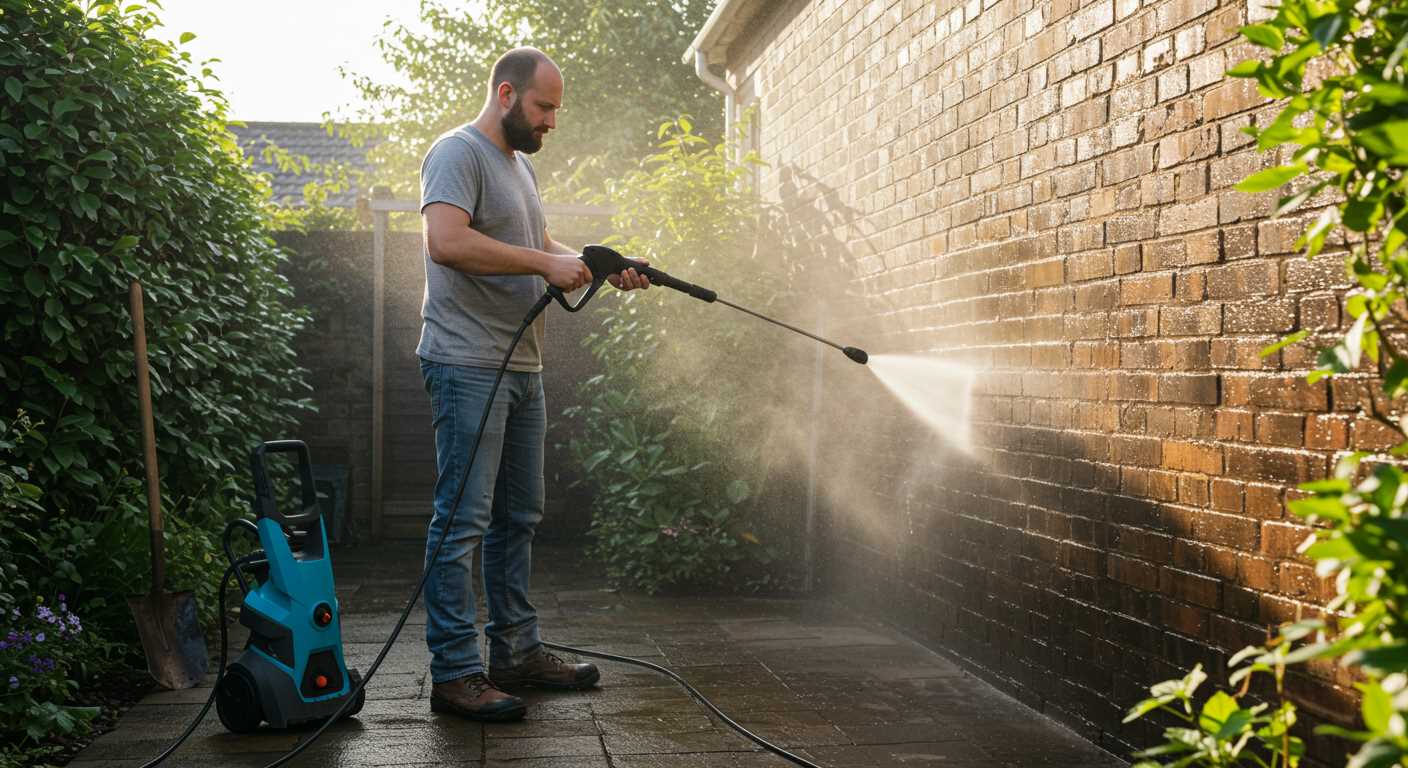
Regular inspections are vital. I’ve found that checking for cracks, kinks, or signs of wear can save a lot of hassle later. Even a small crack can lead to leaks, reducing efficiency significantly.
Cleaning the exterior is just as important. After each use, I rinse off any dirt or debris. This simple step prevents build-up that can affect the performance over time.
Storing the tubing properly extends its lifespan. I always recommend coiling it loosely and avoiding tight bends. This practice prevents damaging the structure and maintains optimal flow.
Using the correct fittings is crucial. I learned the hard way that mismatched connectors can cause leaks or reduced water flow. Always ensure compatibility with your cleaning equipment.
Inspecting connections regularly helps maintain performance. I’ve encountered issues where loose fittings caused drops in water flow. A quick check can save time and frustration.
Seasonal maintenance is another key aspect. In colder months, I drain any remaining water to prevent freezing and cracking. This precaution ensures everything functions smoothly when it’s time to use the equipment again.
Finally, consider replacing worn or damaged components promptly. Delaying repairs can lead to more extensive issues down the line. Keeping spare parts handy has saved me from unexpected interruptions on the job.
Alternatives to Using a Long Hose Pipe
Utilising a compact water supply solution significantly enhances efficiency. Instead of extending a lengthy conduit, consider using a water tank or portable reservoir. This approach allows for more consistent water flow and reduces the likelihood of pressure loss due to distance.
Another option involves investing in a high-quality water reel. These devices can store and dispense water in a manageable length while ensuring minimal kinks or tangles. They promote easier handling and can be positioned closer to your cleaning area, thus optimising performance.
Utilising a larger diameter connector can also yield benefits. By increasing the flow capacity, you can mitigate some of the drawbacks associated with extended lengths. This adjustment may facilitate improved water delivery without the need for cumbersome extensions.
Consider the use of quick-connect fittings for rapid changes between different attachments. This method streamlines the process and allows for swift adjustments without losing valuable time during your cleaning tasks.
For those who frequently carry out outdoor cleaning, a mobile unit with an integrated water tank might be the ideal choice. These units provide flexibility, enabling you to work in various locations without being tethered to a distant water source.
Lastly, regular maintenance of your equipment is paramount. Periodically check for blockages or wear in any connections to ensure a smooth flow. Keeping everything in optimal condition will significantly enhance your overall experience and results.

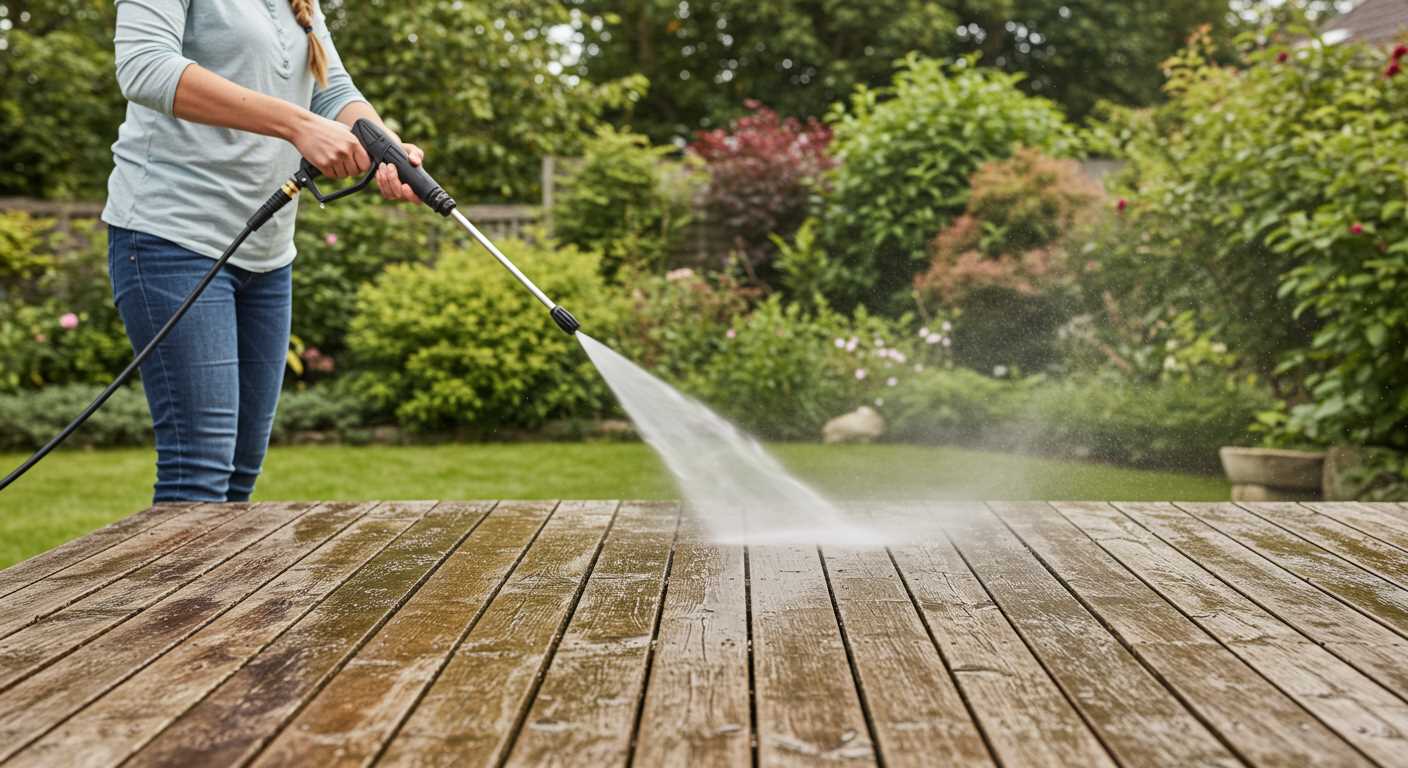
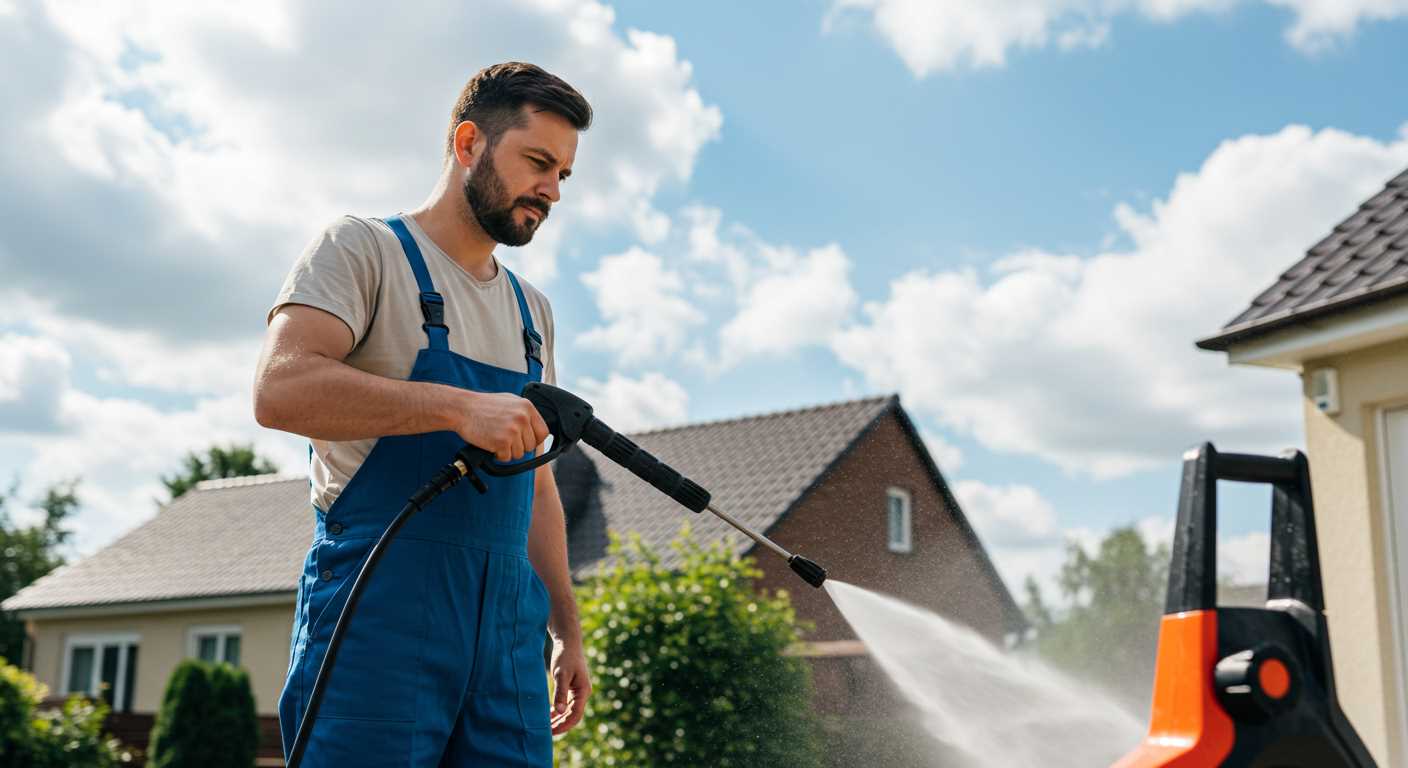
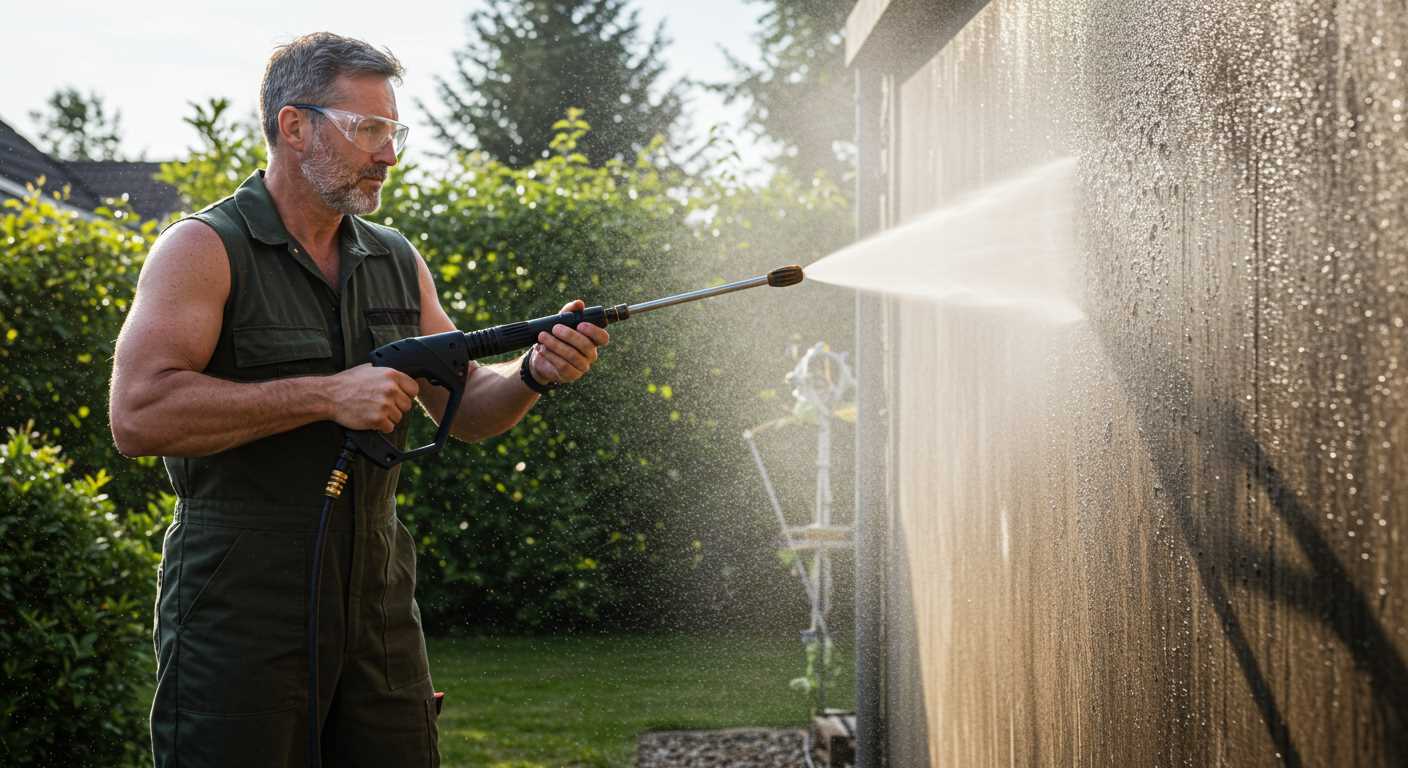
.jpg)


